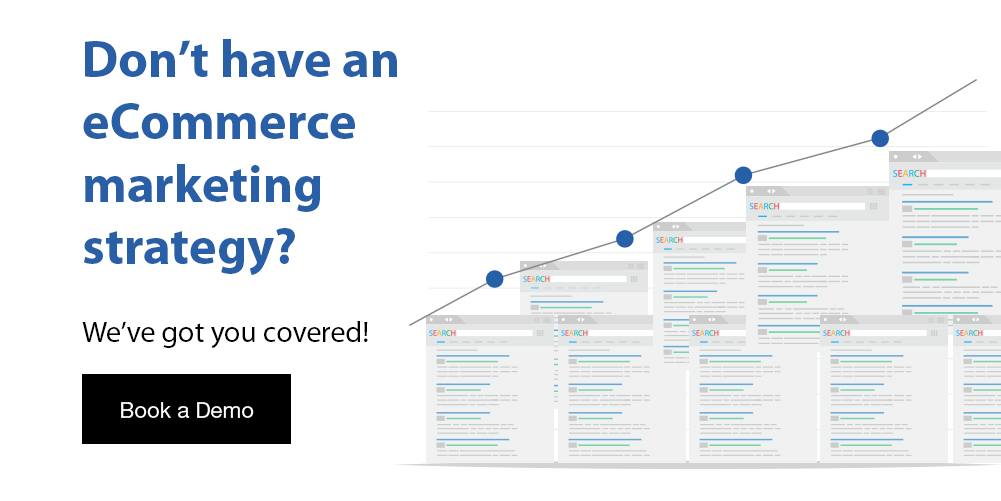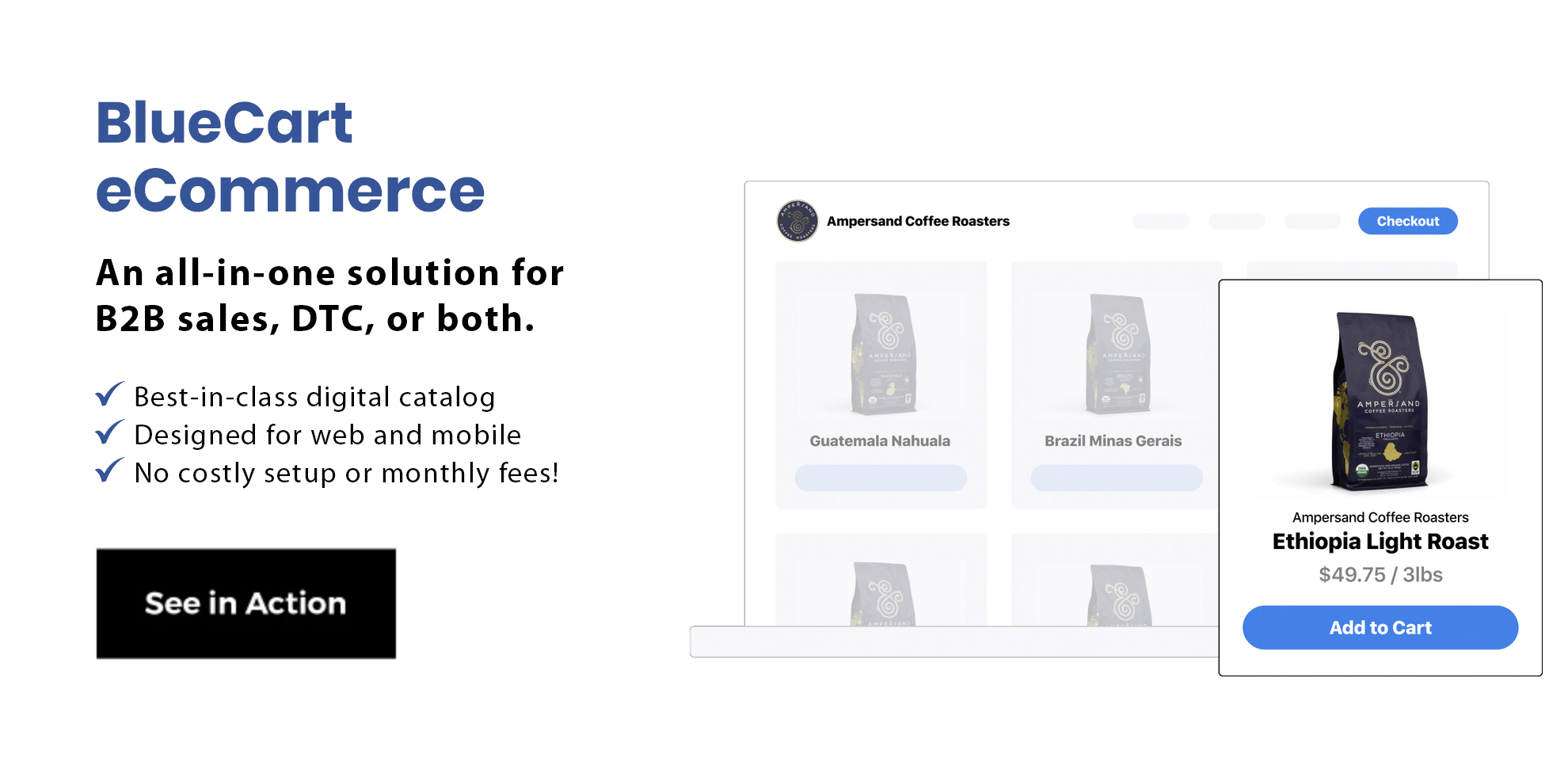What is eCommerce without sales? And what are sales without a sales funnel?
Whether you're just starting an eCommerce business or are a long-time business owner making the O2O shift, you need to have a properly defined eCommerce funnel. This will ensure you can increase eCommerce sales and retain customers.
Keep reading to learn what an eCommerce funnel is, how to use an eCommerce funnel builder, and the analytics you need to track for maximum impact.

eCommerce Funnel
The eCommerce sales funnel is an eCommerce marketing and sales tool that shows the entire journey your customers go through. You can view it as a series of steps that customers go through between discovering your brand and product offerings to actually making a purchase. Creating and optimizing an eCommerce funnel is vital as it gives you insight into when prospects abandon their purchases, where you should focus your energies, and how to keep customers coming back.
eCommerce Funnel Steps
The eCommerce funnel can be modified to match your customers and industry, but it is usually built around the same four steps.

Here's a breakdown of the four steps in the eCommerce sales process:
- Awareness. At this stage, your customer is first exposed to your brand. This could be due to prospecting campaigns, advertising, cold calls, Google, reading an eCommerce blog, etc.
- Interest. Here, the customer expresses interest in the brand. It could be a "like" on social media, a visit to the site, or something else. Though they are interested in your brand, they are not yet ready to purchase.
- Desire. In this stage, the customer begins to have an intent to purchase. They like what you offer but may need a nudge to get them to commit. Here's where your DTC or B2B sales team can come in handy by outlining the benefits of making a purchase.
- Action. Finally, the customer makes their purchase. This is the final step of the funnel, but you aren't done with the customer yet. Filling their order and establishing a lasting relationship are the next steps your team should focus on.
eCommerce Funnel Template & eCommerce Funnel Examples
There are many types of funnels at your disposal, but there are two common eCommerce funnels worth looking into when you're starting out.
The tripwire funnel is the best choice for selling specific products. Tripwire funnels work by highlighting a specific product in a prominent position on your landing page. This small purchase then sets off the full marketing effort to entice the customer to make larger purposes. Use these steps to build your tripwire funnel:
- A low-price product or trial offer
- A pop-up or email highlighting a one-time high-price product offer
- A pop-up or email highlighting a one-time mid-price product offer
- A thank you/confirmation page and email
The product launch funnel is the best choice when your business is new, or you've introduced a new range of products. Instead of selling a single product, this funnel will highlight a range of products and focuses on cross selling mid to high-priced products. Use these steps to build your product launch funnel:
- An opt-in page, order page, and thank you page
- An email campaign highlighting the product line and linking to the landing page
- A follow-up email campaign continuing to cross sell like products
You can also build a paid advertising campaign highlighting the products and linking to the opt-in page. Make sure to evaluate your budget and plan accordingly.

Best eCommerce Funnel Builder
Since eCommerce funnels can be a bit complicated, especially for beginners, you might want to invest in eCommerce funnel software. While there is no single best eCommerce funnel builder, there are a few options worth looking at.
Here are our picks for the best eCommerce funnel builder based on features, ease-of-use, and customizability:
- GrooveFunnels. One of the fastest-growing eCommerce marketing automation platforms, Groove offers a few marketing solutions including GrooveFunnels. This comprehensive solution lets you build conversion-oriented landing pages, set up membership sites with recurring payments, create behavior-based emails, and more. There's even a free plan that lets you create 3 separate sales funnels for your site.
- ClickFunnels. Another very popular solution, ClickFunnels was built with ease-of-use in mind. It includes a range of ready-made sales funnel templates, a drag-and-drop editor, one-click upselling, and more. It comes in second because it only offers a 14-day free trial, but you'll need to dish out a monthly payment after that.
- Constant Contact. Possibly the oldest option on the list, Constant Contact has been a valuable eCommerce tool since 1995. Though it originally was an eCommerce email marketing provider, the company now provides one of the most robust eCommerce funnel builders around. Many small to mid-sized eCommerce businesses use their eCommerce website builder as well as their email marketing, landing page, and payment processing tools, including those for ACH payment.
- Builderall. Another viable option for smaller businesses, Builderall offers a robust set of eCommerce tools including a website builder, email marketing platform, and live chatbots. Even better, they have eight different subscription tiers with four of them designed specifically for WordPress.
- GetResponse. Our final pick for the best eCommerce funnel builder, GetResponse offers multiple types of funnels. Opt-ins, lead magnets, sales, and webinar funnels make it a great choice for businesses that use multiple channels to attract leads.
eCommerce Funnel Analytics and Metrics
An eCommerce funnel is only as useful as the analytics and metrics you track with it. The biggest reason to track these metrics is for eCommerce funnel optimization. The most important metrics to keep track of are traffic, conversion rate, bounce rate, sales, and cart abandonment.
Traffic is the total number of people that visit a landing page. This is the highest number of the bunch and helps you build brand awareness and attract more valuable leads. Bounce rate is the percentage of people that leave your website after visiting a single page. A high bounce rate indicates something is wrong with your website or that your CTAs are weak. Finally, your cart abandonment rate is the percentage of people who get all the way to the purchasing stage but fall off at the final step. This issue is so pervasive in eCommerce that you should definitely take the time to create an abandoned cart recovery campaign.
We'll cover the conversion rate below.
eCommerce Funnel Conversion Rate
The single most important metric you should be focused on optimizing is your eCommerce funnel conversion rate. This is the percentage of people who make it all the way through the funnel to purchasing (or converting). In most industries, the average eCommerce conversion rate is around 2.5%. This means, if you have 100 people at the first step, only 2.5 people will actually give you any money.
To calculate conversion rate, use this formula:
Conversion Rate = Conversions / Total Interactions
Frequently Asked Questions About the eCommerce Funnel
An eCommerce business can't succeed if they don't have the right processes in place. The eCommerce funnel is one of the most important. This also means that there are a lot of questions from business owners and marketers about how it works and how to evaluate success.
To help clear up any misconceptions, we've pulled together some of the most frequently asked questions about eCommerce funnels. Take a look at the questions with our answers below:
What Is an eCommerce Conversion Funnel?
An eCommerce conversion funnel is another name for an eCommerce sales funnel. It is a way to define the various steps a customer must go through to make a purchase. We use the term funnel because each step closer to conversion has fewer people left.
What Is a Good Funnel Conversion Rate?
While it varies by industry and name recognition, most experts agree that anything above 2% is a good funnel conversion rate. In some industries, the target will be 3% or above. Just know that a conversion rate at or below 2% means you need to reevaluate your funnel. This also varies based on what channel you use, as email marketing has a much higher conversion rate than other methods.
How Do You Track a Sales Funnel?
Tracking a sales funnel starts with establishing eCommerce KPIs to set goals and evaluate success. Look at competitors, industry trends, and your own abilities to set achievable conversion, traffic, and lead goals. Then, check the numbers regularly and adjust as you go.

Time for Fun, Fun, Funnel
The eCommerce funnel is one of the most important tools any manager can have. It gives you insight into sales trends, customer needs, and more. It can even offer some insights when you're learning how to manage a warehouse or when you're asking, "What is warehouse?" Follow the steps above and take your business to the next level.
If you're looking for more tools to grow your eCommerce business quickly and sustainably, BlueCart is the best tool for you. It's an all-in-one online marketplace that helps businesses make wholesale sales, acquire new customers, and grow their bottom line.
We also recommend checking out some of the best eCommerce books and an eCommerce blog or two to give you insight into some of the new technologies and trends you can use to grow your skills.